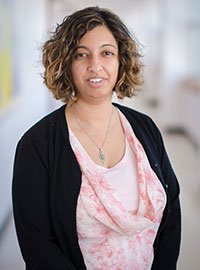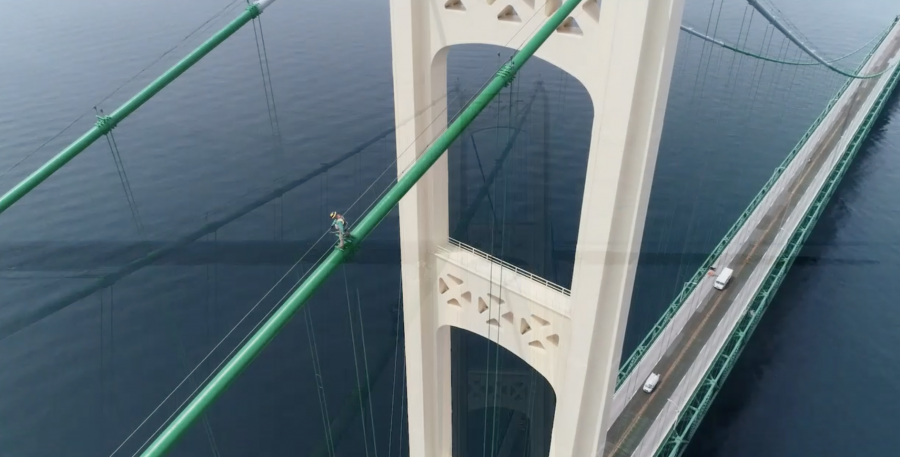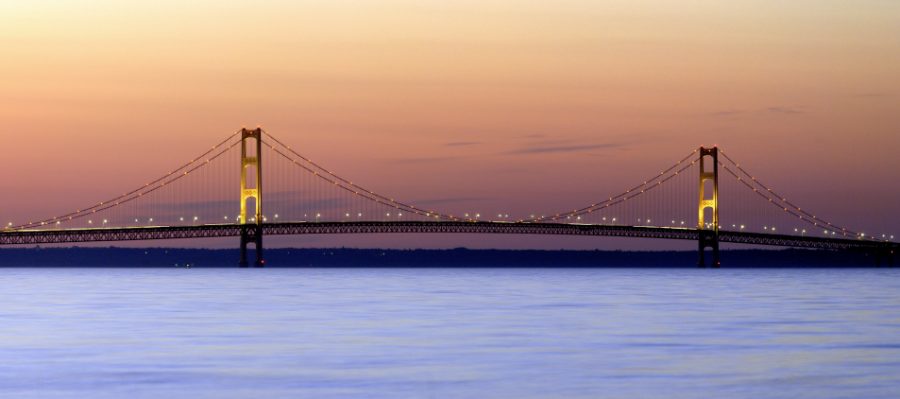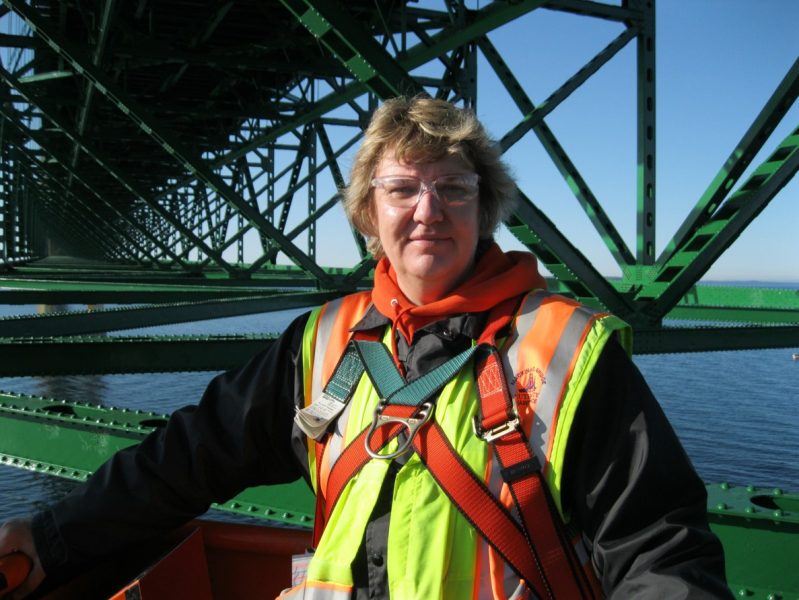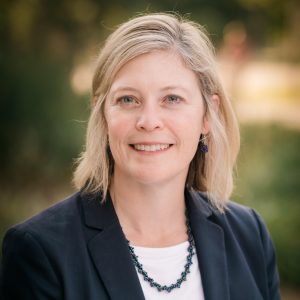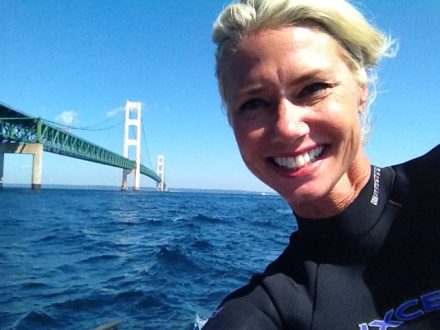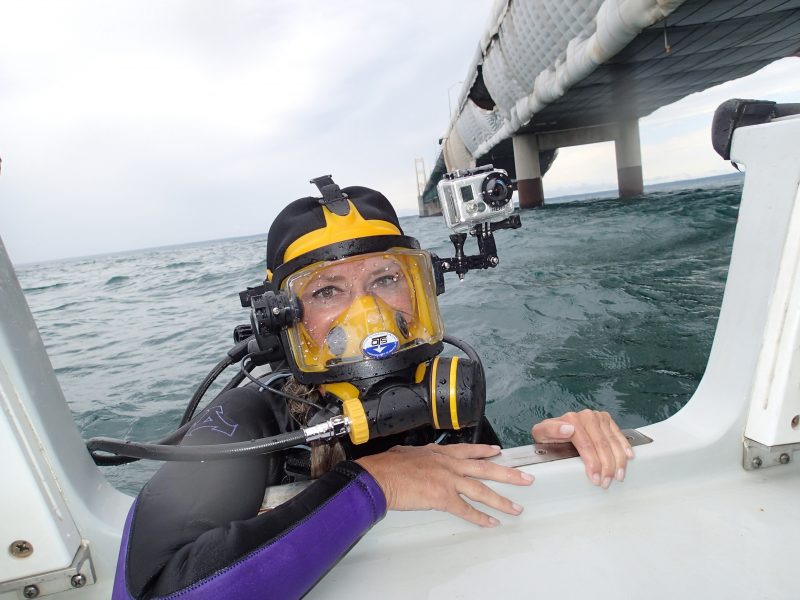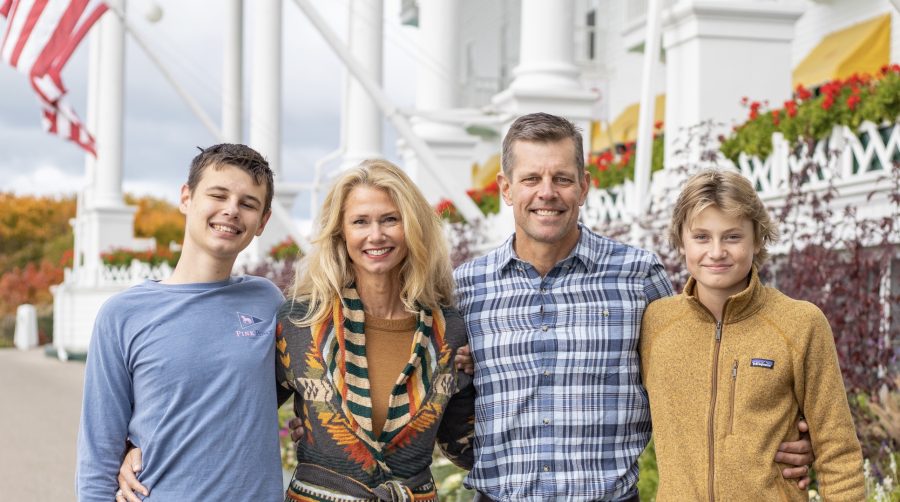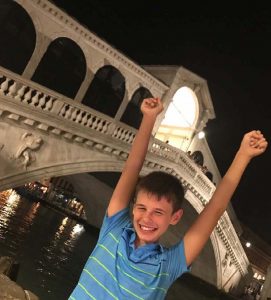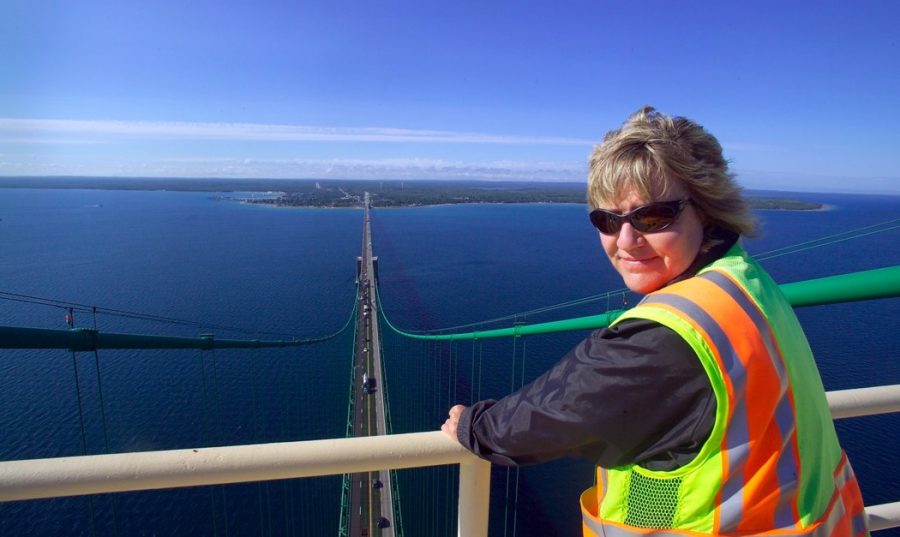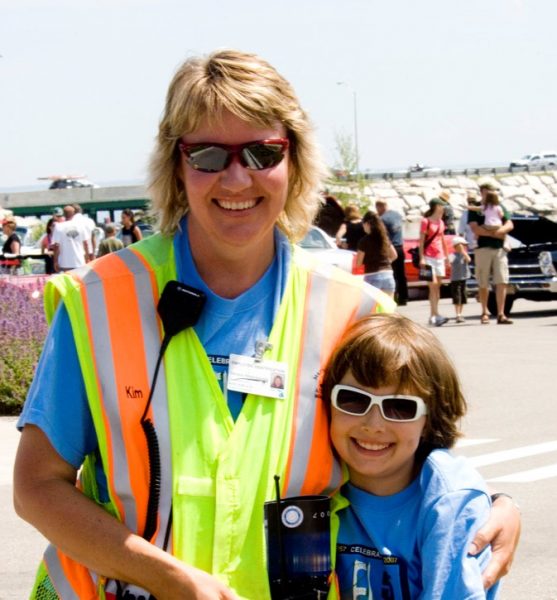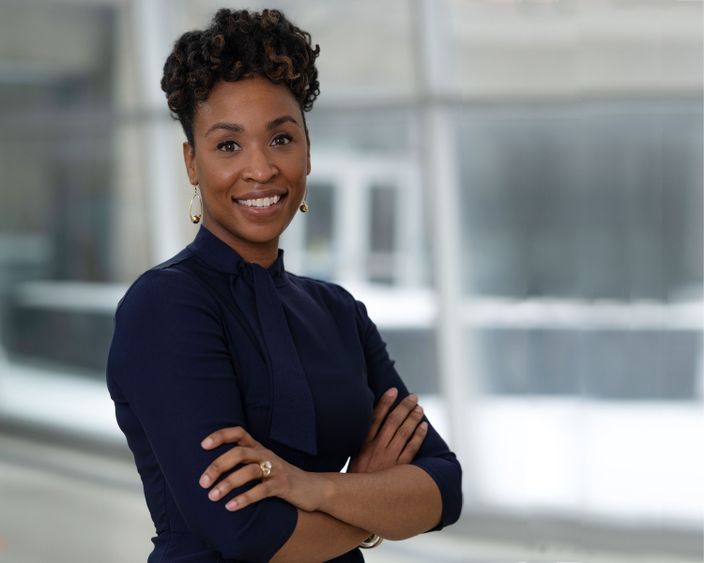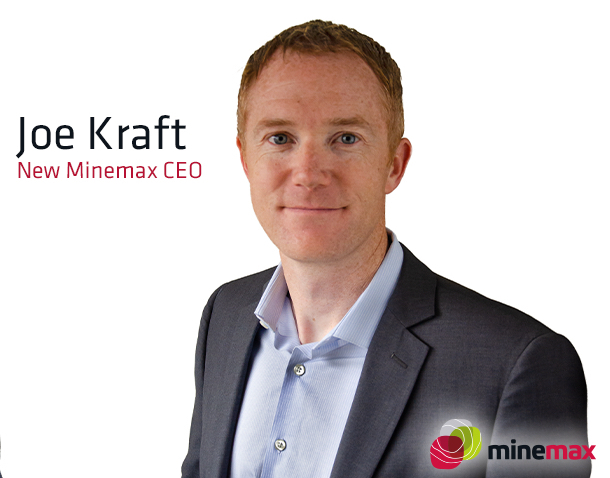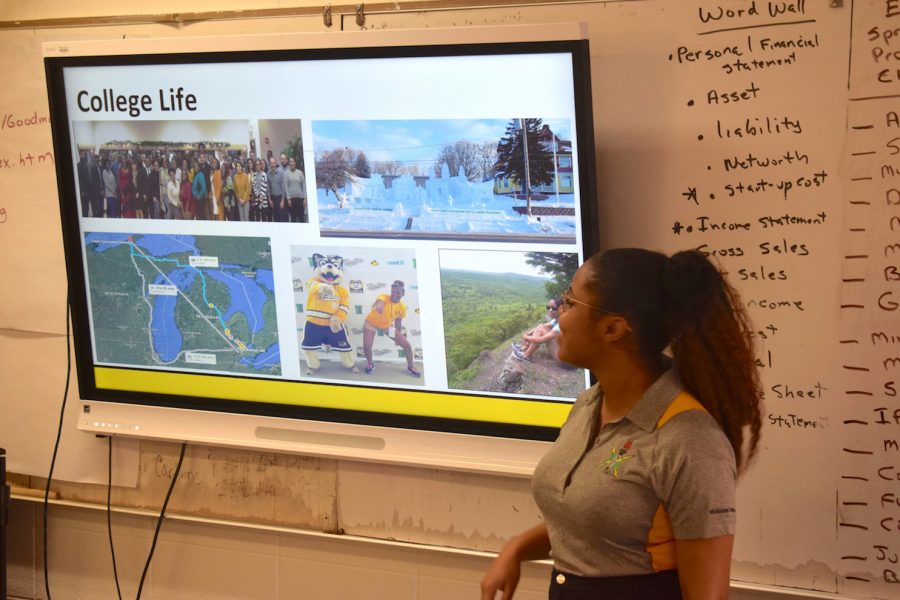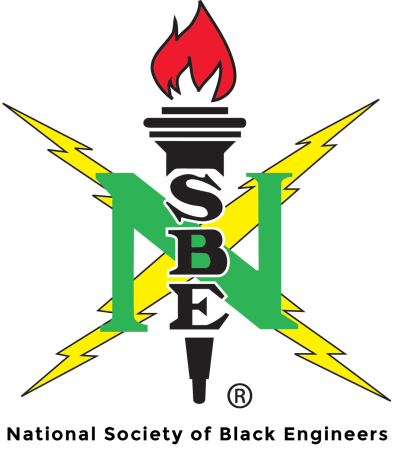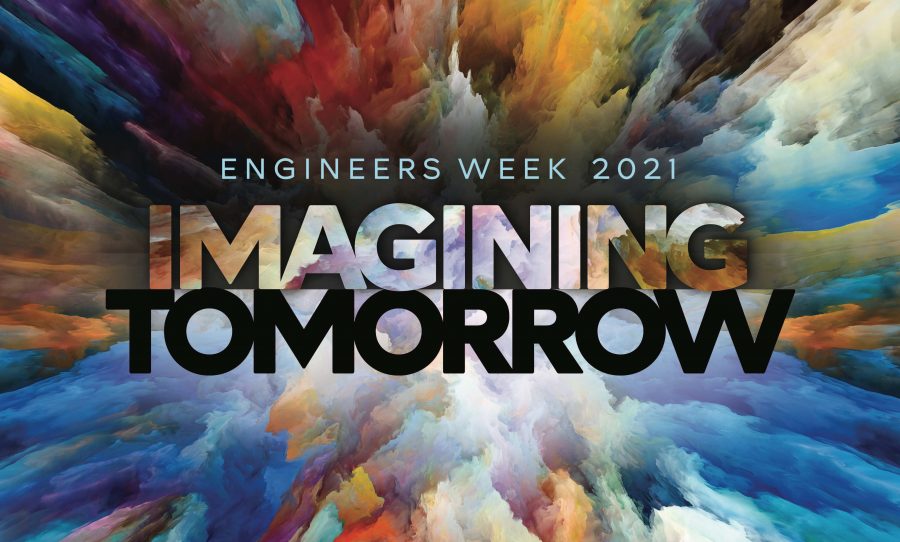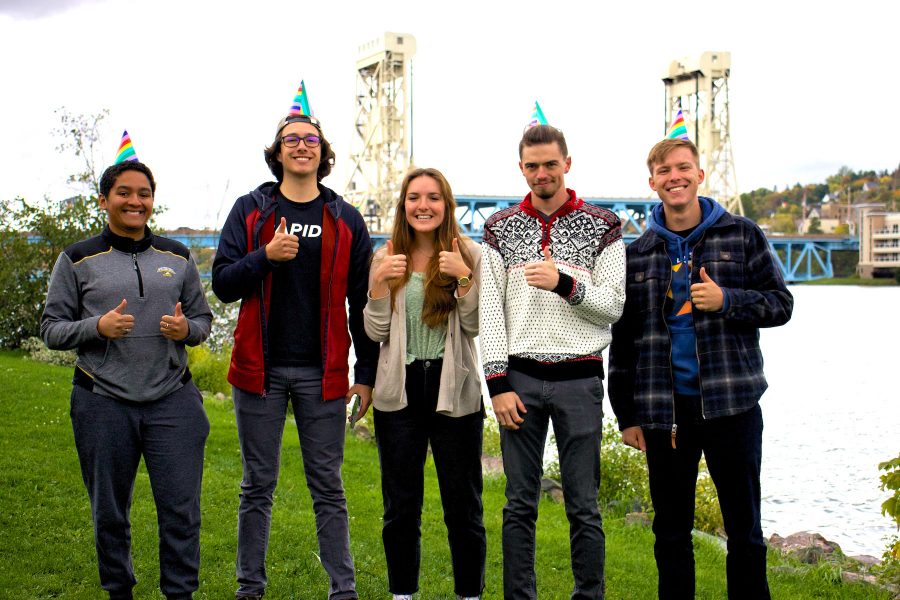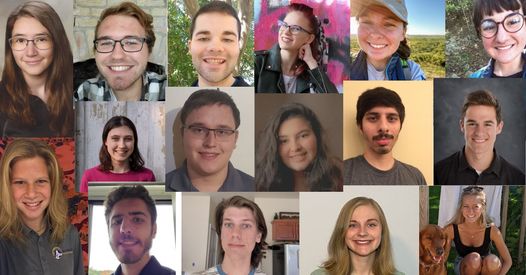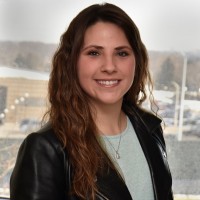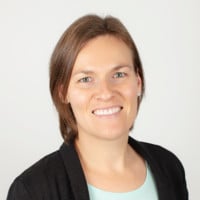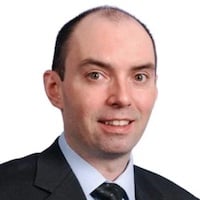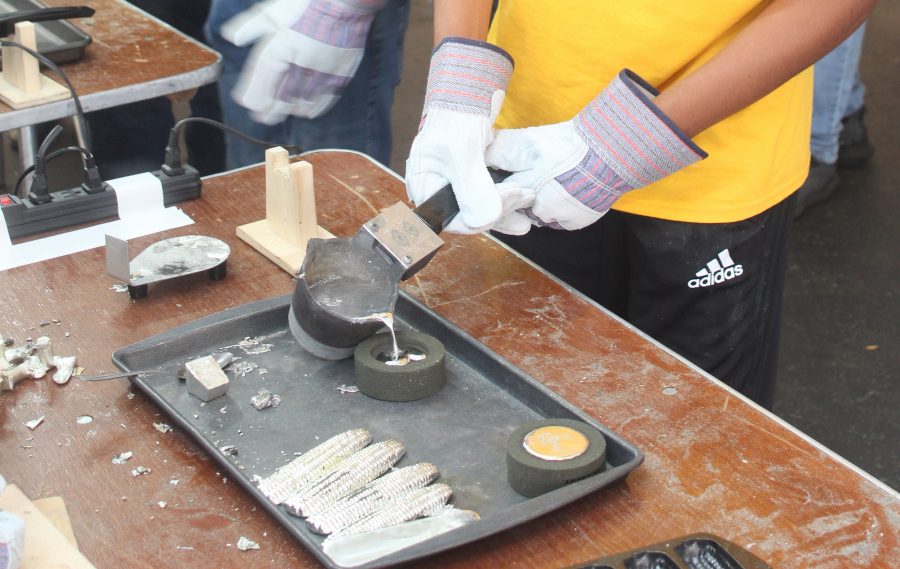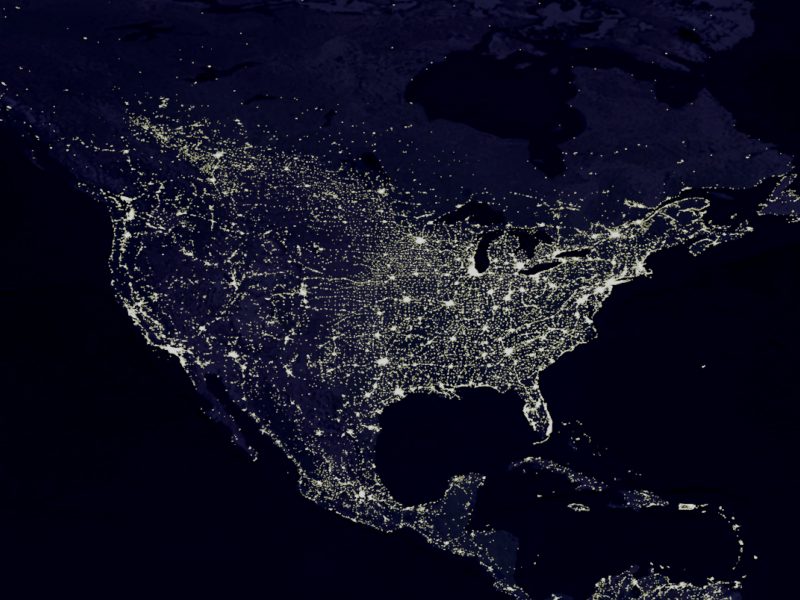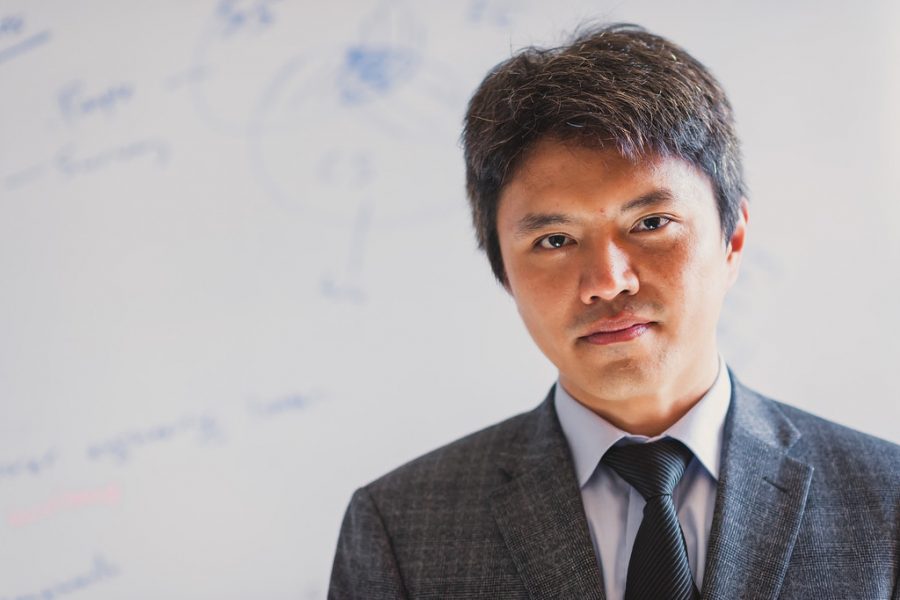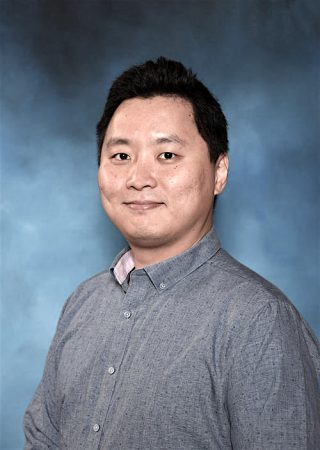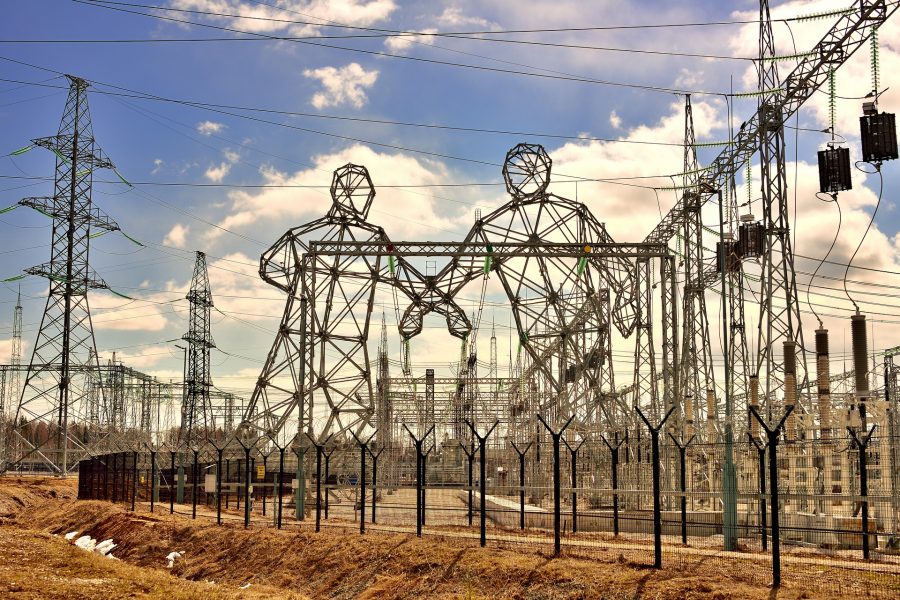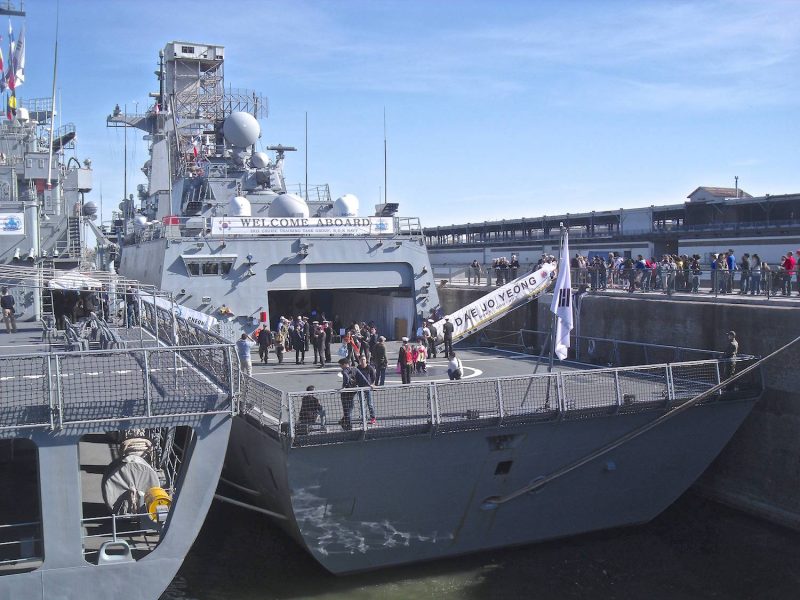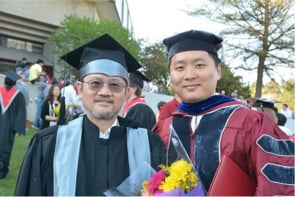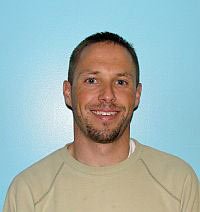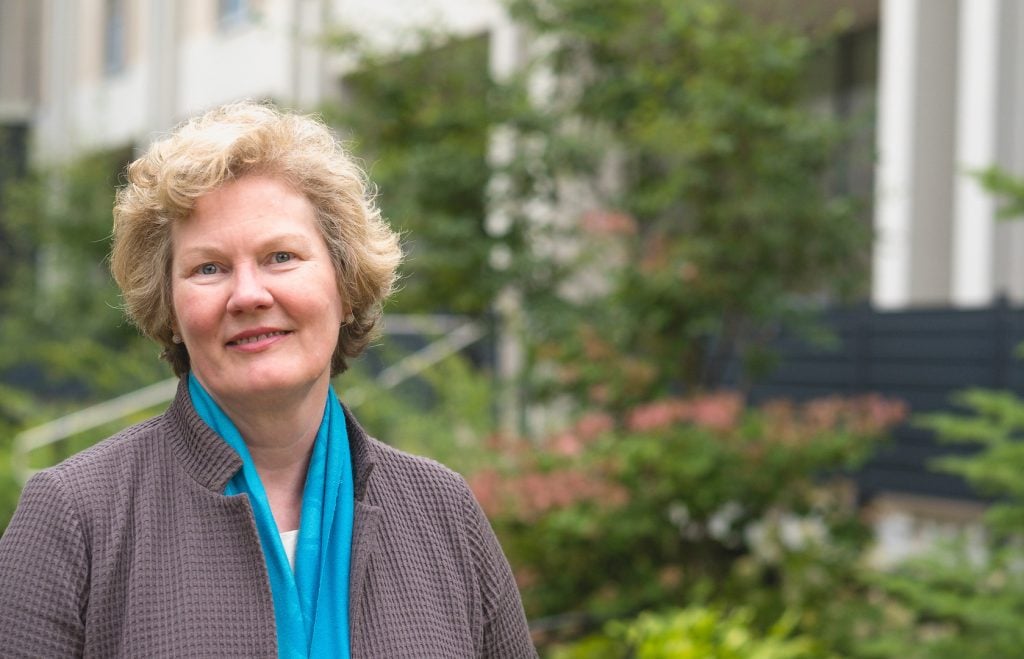Welcome Teachers!
Teachers in Michigan are able to earn SCECHs for attending Husky Bites live on Zoom.
Earn 1 SCECH per Live Zoom Session you attend. Earn up to 8 SCECHs for the series.
Just register for the Husky Bites webinar to qualify, and then fill out the Husky Bites SCECH Attendance Request Form. If you have any questions, please email engineering@mtu.edu.
Attendance
For those of us who are not teachers, what is an SCECH? SCECHs is short for “State Continuing Education Clock Hours.” Our teachers all need these for the renewal of their educator certificates, issued by the Michigan Department of Education.
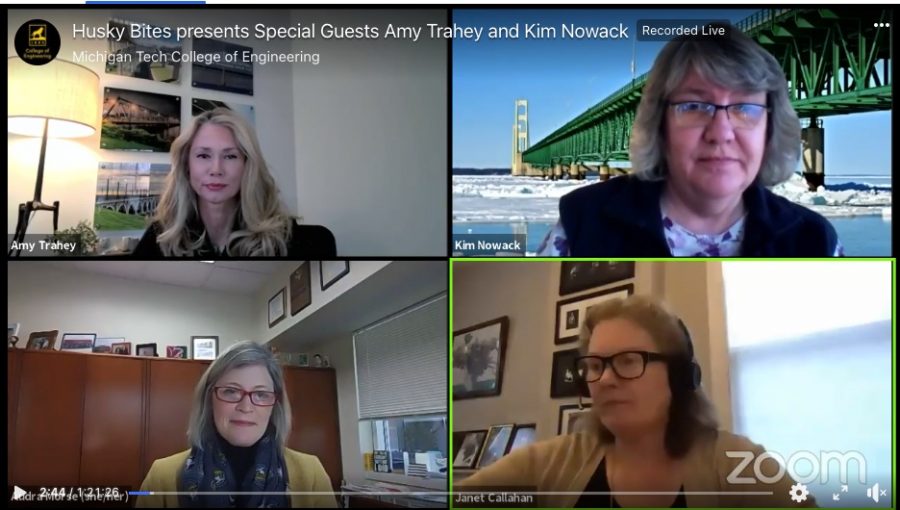
Husky Bites Webinars
Husky Bites is offering SCECHs through Copper Country ISD.
To be eligible to receive SCECHs for this activity 2021 Engineering Husky Bites Teacher Professional Learning Community (PLC) you must:
- Register for the Michigan Tech College of Engineering Husky Bites Series.
- Let us know you want to earn SECHs by registering for the 2021 Engineering Husky Bites Teacher PLC. We will send you a SCECHs Application Form where you will be able to sign in on each date of attendance.
- Sign-in at each session that you attended using the SCECHs Attendance Form. Attendance will be verified through Husky Bites facilitators.
- You must provide a * PIC#. If you do not have a PIC # please contact your REP person in your Admin office.
- Turn in your form and payment (checks payable to Copper Country ISD) into the CCISD at the end of the series.
- Mail Checks to
Jamie Johnson, Assistant SCECH Coordinator
Copper Country ISD
809 Hecla Street, Hancock, MI 49930 - Email Jamie at jjohnson@copperisd.org for questions or to learn how to drop off payments directly at the Copper Country ISD
- Mail Checks to
- You will complete the evaluation in MOECS.
